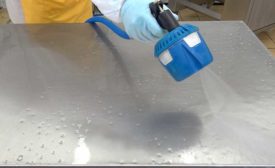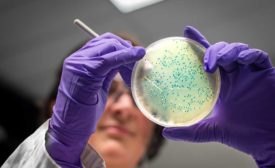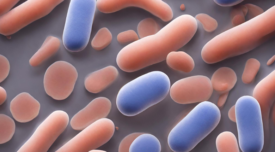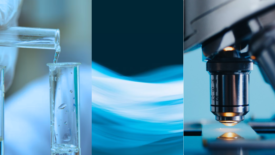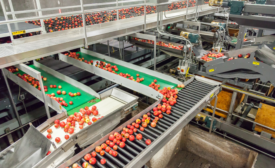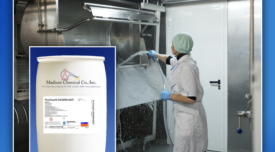Cleaners/Sanitizers
Cleaners and sanitizers are chemicals used to disinfect and sanitize food processing facilities, equipment, tools, and personnel.
ARTICLES
Success can be achieved by working together to reimagine wet sanitation processes that clean effectively and efficiently while preserving assets and improving sustainability outcomes
Read More
BIZTRACKS
Scientists Develop Formulation That Boosts Antimicrobial Properties of Natural Hand Barrier
September 8, 2023
EVENTS
Sponsored Webinar
4/17/24 to 4/17/25
Contact: Vania Halabou
Sustainable Wet Sanitation for Equipment Protection: Finding the Right Balance
Get our eMagazine delivered directly to your inbox
Stay in the know on the latest science-based solutions for food safety.
SUBSCRIBE TODAY!Copyright ©2024. All Rights Reserved BNP Media.
Design, CMS, Hosting & Web Development :: ePublishing
